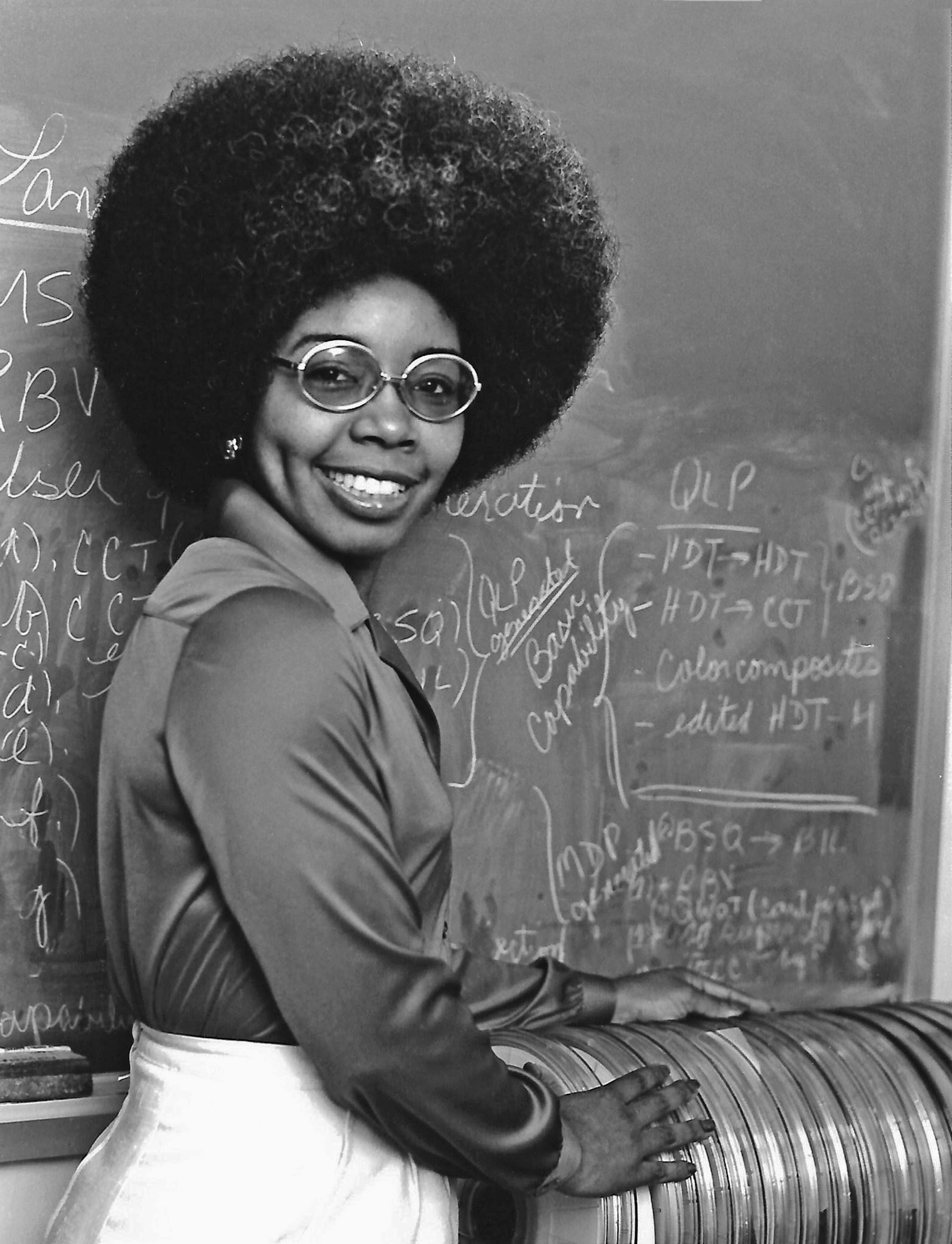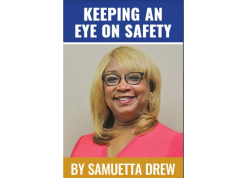As we continue our series this month spotlighting notable African American women who have helped change and shape the landscape of our country, as well as the world, we want to highlight the accomplishments of Dr. Valerie LaVerne Thomas, renowned scientist, mathematician, physicist, and inventor.
Thomas was born in 1943 in Baltimore, Maryland and reared in the historic all Black Cherry Hill neighborhood. Thomas states that her parents were her first role models and instilled in her the importance of education.

Thomas attended the all-girls public Western High School, then later Baltimore magnet school at Howard and Centre which was racially integrated under police protection in 1954. She enrolled three years later and developed a keen interest in physics, graduating in 1960. She received her undergraduate degree at a Historically Black Colleges and University – Morgan State College, now known as Morgan State University, in physics. She obtained her master’s degree in 1985 from George Washington University in Engineering Administration and her Doctor of Education Degree in Educational Leadership/Ed Tech in 2004.
She developed computer data systems to support Orbiting Geophysical Observatory from 1964-1970. Thomas later became an international Landsat Image processing data format expert from 1970 – 1981 and Thomas helped to develop the image-processing system for NASA’s Landsat, a program involving uncrewed scientific satellites designed to collect information about Earth’s natural resources. She later became the Goddard Space Flight Center (GSFC) team leader for Large Area Crop Inventory Experiment. This position proved the feasibility of using Landsat data to predict global wheat yield.
Thomas continued her career as an assistant program manager for Landsat/Nimbus on detail at NASA Headquarters and then technical officer, earning a $42 million multi-year technical support contract. Her career continued to flourish. In 1985, she was the National Space Science Data Center computer facility manager and served as project manager for the Space Physics Analysis Network until 1990, which was NASA’s wide area network and critical part of today’s Internet. Her networking expertise contributed to the research in the Halley’s comet, ozone hole studies, and a supernova.
In 1976, Thomas became intrigued by 3-D illusions after viewing a demonstration in a light bulb that seemed to stay lit even after being removed from a lamp. The illusion was created by means of a concave mirror reflecting a second light bulb. She began experimenting.
In 1980, Thomas received a patent for the Illusion Transmitter, which could reproduce an image (holograms) at a remote site using parabolic mirrors. Her purpose for developing the Illusion Transmitter was to send three-dimensional images across a distance, making them look as if they are in front of the mirror. As late as 2022, her technology invention is still used by NASA and is being adapted for use in surgery, as well as for television and video screens.
Before retiring in 1995 from NASA, she held the position of Associate Chief of the Space Science Data Operations Office. She has received numerous honors and awards throughout her career. She has lectured at various prestigious institutions of higher education and authored numerous scientific technical reports. Throughout her life she encouraged young people, especially African Americans and girls, to pursue a science education. Thomas now resides in Prince George’s County, Maryland where she does substitute teaching. She continues to work with Science, Technology, Engineering and Math (STEM) organizations.




